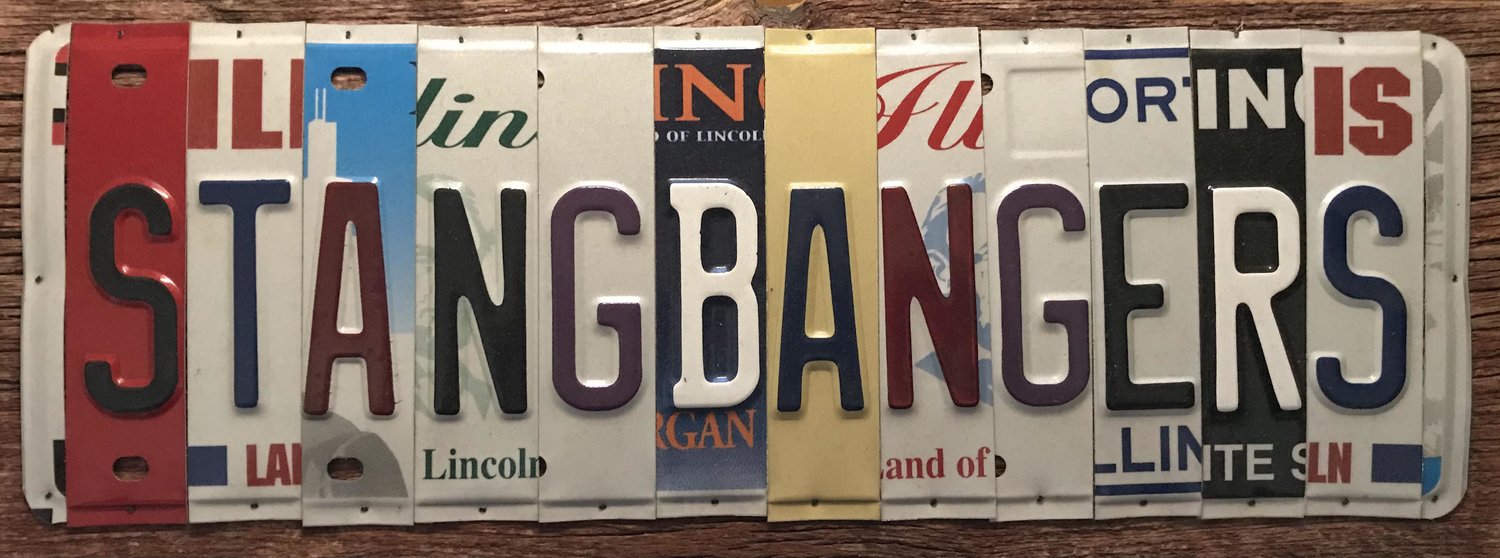Tested: 2020 Ford Mustang 2.3L vs. 2021 Toyota Supra 2.0 (Car and Driver)
Four-cylinder versions of the Ford Mustang and Toyota Supra fill the gap between the few remaining cheap rear-drive coupes and full-bore sports cars.
Think of an affordable rear-drive performance car. Got it? Okay. If the Mazda Miata didn't at least flash in your mind, you probably haven't spent enough time with us here. Feel free to go ahead and dial up some back issues if you'd like. Or we can catch you up real fast.
Cheap rear-drivers are what get us out of bed in the morning. They pack all the fun of pricier, more powerful cars because they are cut from the same cloth that emphasizes crisp handling and a great driving experience. The reward for taking the rear-drive road is (usually) less filtered steering feel and improved cornering balance.
Unfortunately, rear-drive as the status quo gave way to front-wheel drive decades ago, and all-wheel drive has been steadily chipping away at the holdouts. There just aren't many cheap rear-drive performance cars left. There's the aforementioned king from Hiroshima; there are the Subaru BRZ and Toyota 86 twins; and, well, that's about it. For some time now, automakers have left a yawning gap between those mid-to-high-14-second quarter-mile cars and vehicles like the pony-car-turned-sports-car Chevrolet Camaro SS. But Ford and Toyota are out to change that. The newest variants of the Ford Mustang and Toyota Supra aim to fill that space with boosted four-bangers and handling hand-me-downs from their more powerful siblings.
(photo credit: Marc Urbano - Car and Driver)




